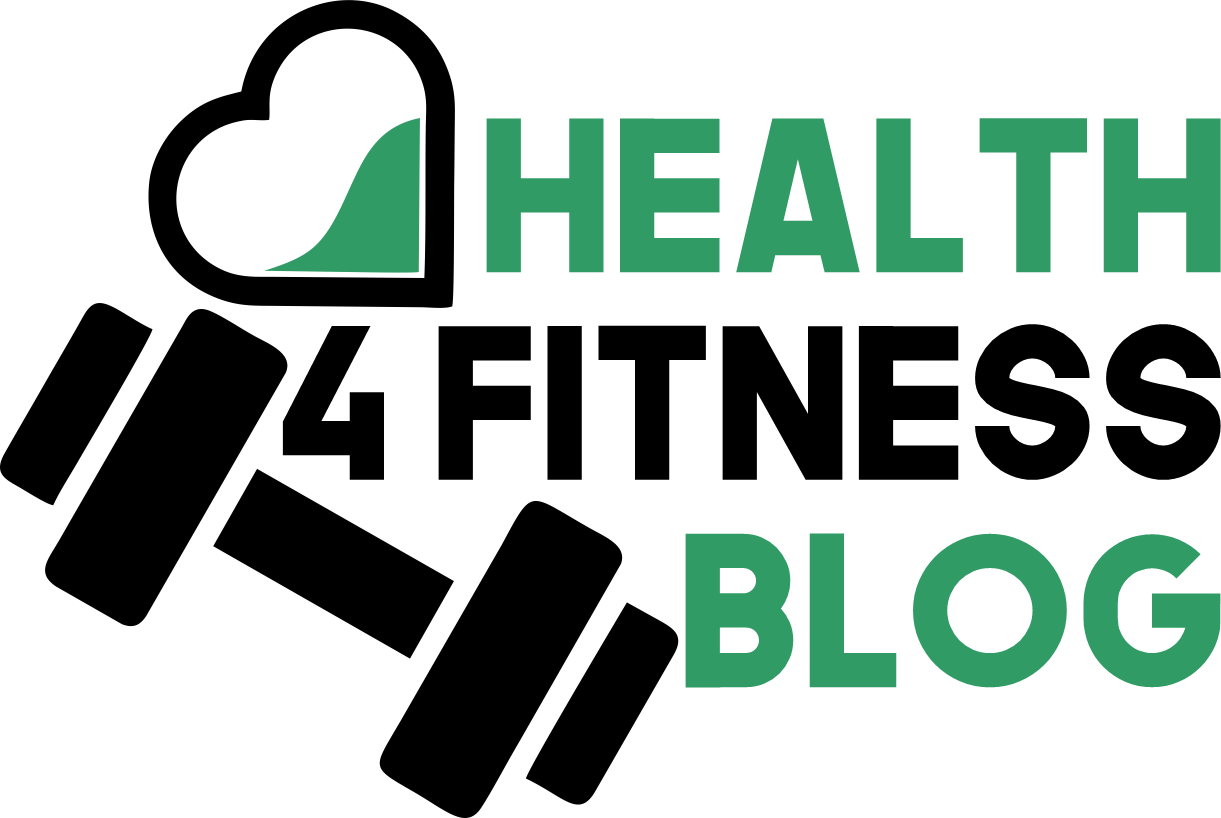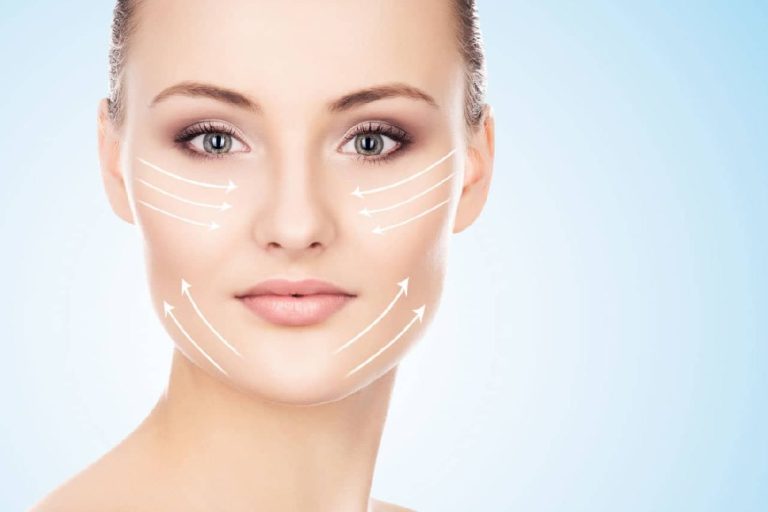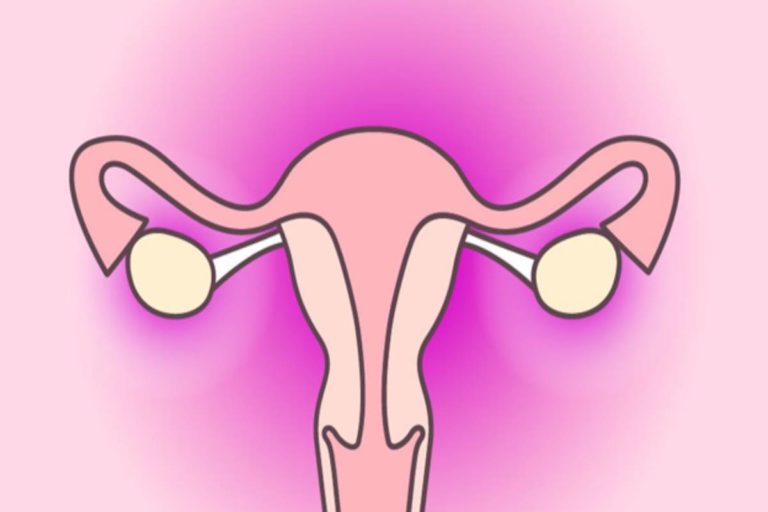Blastocystis Hominis might sound scary, but here’s the truth: you’ve probably never heard of this tiny organism that could be living in your gut right now.
I’ve spent years helping people understand gut health, and this particular parasite always raises eyebrows.
Here’s what’s wild about it.
Most people who have Blastocystis Hominis don’t even know it.
They’re walking around completely fine whilst harbouring this microscopic organism.
But for others? It’s a different story entirely.
What Is Blastocystis Hominis?
Blastocystis Hominis is a single-celled parasite that lives in your digestive tract.
It’s actually one of the most common organisms found in human stool samples worldwide.
Think of it as an uninvited guest in your gut.
Sometimes it behaves. Sometimes it doesn’t.
The tricky part? Scientists still can’t agree on whether it’s always harmful or sometimes just a harmless resident.
Many people with Blastocystis Hominis in their stools have no symptoms.
But when it does cause problems, you’ll definitely know about it.
Signs You Might Have Blastocystis Hominis
Here’s where things get personal.
I’ve seen countless people struggle with these symptoms for months before getting answers:
Digestive symptoms:
- Watery diarrhoea that won’t quit
- Stomach cramps that feel like someone’s wringing out your gut
- Bloating that makes you look six months pregnant
- Nausea that hits at the worst moments
- Complete loss of appetite
- Excessive gas that’s frankly embarrassing
- Fatigue that makes getting out of bed feel impossible
The frustrating part? These symptoms mirror dozens of other conditions.
That’s why so many people get misdiagnosed initially.
One patient told me she’d been to five doctors before someone finally tested her stool properly.
When Should You See a Doctor?
Don’t mess about with this.
See your doctor if you have signs and symptoms, such as diarrhea or abdominal pain, that lasts longer than three days.
Three days of persistent symptoms is your red flag.
Here’s when I’d be racing to the GP:
- Diarrhoea lasting more than 72 hours
- Blood in your stool
- Severe dehydration
- High fever alongside gut symptoms
- Unexplained weight loss
Your gut is trying to tell you something. Listen to it.
How Do You Actually Get Blastocystis Hominis?
The transmission routes are pretty straightforward, but they might surprise you.
Common ways people pick it up:
- Contaminated water This is the big one. Drinking or eating food prepared with contaminated water.
- Faecal-oral route Sounds gross, but it happens. Poor handwashing after using the toilet or changing nappies.
- Travel exposure Those exotic holidays can come with unwanted souvenirs.
- Animal contact Pets and livestock can carry it too.
I’ve seen people trace their infections back to specific trips or events.
One client got it after a week in Southeast Asia. Another picked it up from their new puppy.
Risk Factors That Increase Your Chances
Some people are sitting ducks for this parasite:
High-risk situations:
- Travelling to countries with poor sanitation
- Working in childcare facilities
- Handling animals regularly
- Having a compromised immune system
- Living in crowded conditions
Geographic hotspots: Areas with inadequate water treatment facilities see higher infection rates.
If you’re planning travel, do your homework on local water safety guidelines.
Medical Treatment Options
Here’s where things get interesting.
Potential medications for eliminating a blastocystis infection include: Antibiotics, such as metronidazole (Flagyl) or tinidazole (Tindamax), combination medications such as sulfamethoxazole and trimethoprim (Bactrim, Septra, others), and anti-protozoal medications.
First-line treatments:
- Metronidazole (Flagyl) – most commonly prescribed
- Tinidazole (Tindamax) – often better tolerated
- Trimethoprim-sulfamethoxazole combination
Second-line options:
- Nitazoxanide
- Paromomycin
- Iodoquinol
The catch? Response rates vary wildly between patients.
What works brilliantly for one person might do nothing for another.
It’s like trying different keys until one opens the lock.
Natural Treatment Approaches
Now this is where I get excited.
Nature provides some powerful tools against parasites.
Anti-parasitic foods that actually work:
- Garlic This isn’t just folklore. Studies show that garlic extracts have potent antimicrobial effects against Blastocystis.
Raw garlic works best. Crush it and let it sit for 10 minutes before eating.
- Oregano oil The wild Mediterranean variety packs the strongest punch.
- Pumpkin seeds Traditional parasite remedy that’s stood the test of time.
- Turmeric The curcumin content gives parasites a hard time.
- Wormwood Used traditionally for centuries against intestinal worms.
- Black walnut hulls Another time-tested anti-parasitic remedy.
The Diet Connection
What you eat directly impacts how well parasites can survive in your gut.
Foods that feed parasites:
- Refined sugars
- Processed foods
- Simple carbohydrates
- Alcohol
Foods that fight back:
- Fibre-rich vegetables
- Fermented foods
- Coconut oil
- Bone broth
- Antimicrobial herbs and spices
Eliminate processed foods and sugars which may fuel pathogenic gut microbes, including Blastocystis.
Think of your diet as either feeding the enemy or starving them out.
Probiotics: Your Gut’s Best Friend
Here’s something most doctors don’t emphasise enough.
Research suggests that Blastocystis may disrupt gut microbiota balance, making probiotic restoration potentially beneficial during recovery.
- Parasites disrupt your gut’s natural balance.
- Probiotics help restore it.
Key strains to look for:
- Lactobacillus acidophilus
- Bifidobacterium bifidum
- Saccharomyces boulardii (especially good for parasite recovery)
Don’t go overboard with probiotic strains. Six to eight quality strains work better than thirty mediocre ones.
Prevention Strategies That Actually Work
Prevention beats treatment every single time.
Water safety rules:
- Boil water for at least three minutes in high-risk areas
- Use bottled water from sealed containers
- Avoid ice cubes in drinks
- Don’t brush your teeth with tap water when travelling
Food safety guidelines:
- If you can’t peel it, cook it, or boil it – avoid it
- Skip raw vegetables and salads
- Avoid street vendor food
- Say no to unpasteurised dairy
- Keep your mouth closed in the shower abroad
Hygiene essentials:
- Wash hands for 20 seconds minimum
- Use alcohol-based sanitiser (60% minimum alcohol content)
- Clean hands after toilet use and before eating
- Avoid biting nails
- Don’t share towels or eating utensils
How Long Does Blastocystis Hominis Last?
This varies dramatically between people.
- Some clear it naturally within weeks.
- Others harbour it for months or even years.
While patient recovery and improvement has been shown even without any treatment, waiting it out isn’t always practical when symptoms are severe.
Factors affecting duration:
- Your immune system strength
- Overall gut health
- Stress levels
- Diet quality
- Whether you get appropriate treatment
Diagnostic Testing
Getting properly tested is crucial.
- Standard stool examination Traditional microscopy often misses infections.
- PCR testing Much more accurate for detecting Blastocystis.
- Multiple samples One negative test doesn’t rule it out. You might need two or three samples.
Pro tip: Some labs are better than others. Ask your doctor about specialist parasitology labs.
Complications to Watch For
Most people recover completely without long-term issues.
But complications can include:
- Dehydration Especially dangerous in children and elderly people.
- Electrolyte imbalance From prolonged diarrhoea.
- Secondary bacterial infections When your gut barrier is compromised.
- Chronic gut dysfunction Some people develop ongoing digestive issues.
Is Blastocystis Hominis Contagious?
Yes, it absolutely is.
It is highly contagious, so take extra precautions not to infect others including regular handwashing and avoiding recreational water facilities until symptoms subside.
Protecting others:
- Stay home when symptomatic
- Wash hands obsessively
- Avoid preparing food for others
- Don’t use swimming pools or spas
- Be extra careful with intimate contact
Recovery and What to Expect
Recovery isn’t always linear.
You might feel better for a few days, then symptoms return.
This is normal and doesn’t necessarily mean treatment failed.
Signs you’re getting better:
- Formed stools returning
- Appetite coming back
- Energy levels improving
- Less bloating and gas
- Better sleep quality
Supporting your recovery:
- Stay hydrated
- Eat nutrient-dense foods
- Get adequate sleep
- Manage stress levels
- Consider digestive enzymes
When Natural Treatments Aren’t Enough
I’m a big believer in natural approaches.
But sometimes you need the big guns.
If you’ve tried natural treatments for 4-6 weeks without improvement, it’s time to consider conventional medication.
Don’t let pride keep you suffering.
Red flags for medical intervention:
- Symptoms getting worse instead of better
- Signs of dehydration
- Blood in stool
- High fever
- Severe weight loss
Living with Blastocystis Hominis
For some people, this becomes a chronic condition requiring ongoing management.
Long-term strategies:
- Regular probiotic supplementation
- Anti-inflammatory diet
- Stress management
- Regular exercise
- Periodic stool testing
It’s not the end of the world, but it does require attention.
The Bottom Line
Blastocystis Hominis is more common than you think and less scary than it sounds.
Most infections resolve with proper treatment.
The key is getting properly diagnosed and choosing the right treatment approach for your situation.
Whether that’s conventional medication, natural remedies, or a combination approach.
Don’t suffer in silence with persistent gut symptoms.
Your gut health affects everything else in your body.
It’s worth fighting for.
Frequently Asked Questions
Does Blastocystis Hominis go away on its own?
Yes, many infections clear naturally without treatment. However, this can take weeks to months, and there’s no guarantee. If symptoms are affecting your quality of life, treatment is usually recommended.
How do you treat Blastocystis Hominis naturally?
Natural approaches include anti-parasitic foods like garlic and oregano, eliminating processed foods and sugars, taking probiotics, and supporting overall gut health with fibre and fermented foods. However, severe cases may require medical treatment.
Is Blastocystis Hominis contagious?
Yes, it spreads through the faecal-oral route. Good hygiene is essential, especially handwashing after toilet use and before eating. Avoid sharing food preparation areas and swimming pools whilst symptomatic.
Can you see Blastocystis Hominis in stool?
No, it’s microscopic and requires laboratory testing to detect. Stool examination under microscopy or PCR testing is needed for diagnosis. Multiple samples may be required as the organism isn’t always present in every sample.
What foods should I avoid with Blastocystis Hominis?
Eliminate refined sugars, processed foods, and simple carbohydrates that feed parasites. Avoid raw vegetables, unpasteurised dairy, and uncooked foods when preventing infection. Focus on cooked foods and those you can peel yourself.
How long does treatment take?
Treatment duration varies from 5-10 days for antibiotics to several weeks for natural approaches. Some people need multiple treatment courses. Recovery time depends on individual immune response and treatment compliance.
Can children get Blastocystis Hominis?
Yes, children are actually at higher risk due to poorer hygiene habits and exposure in childcare settings. They’re also more susceptible to dehydration from diarrhoea, so prompt medical attention is crucial.
This information is for educational purposes and shouldn’t replace professional medical advice. If you suspect you have Blastocystis Hominis, consult with a healthcare provider for proper diagnosis and treatment.











